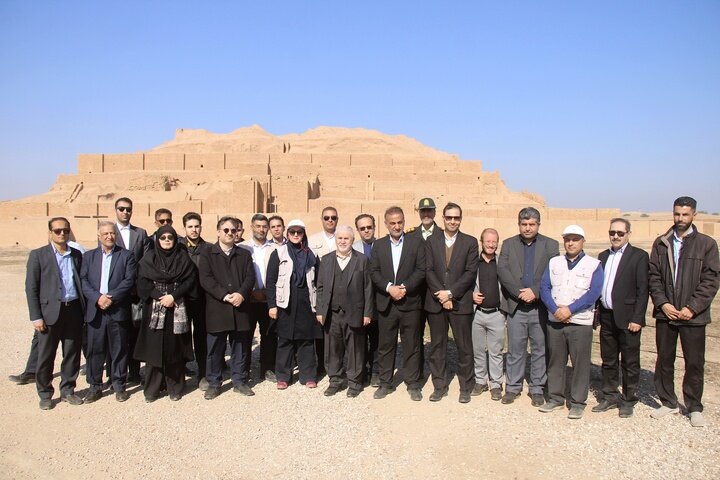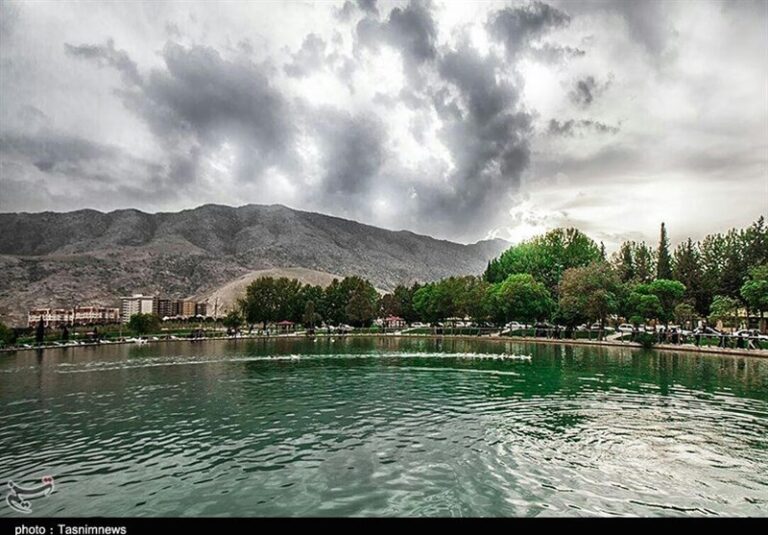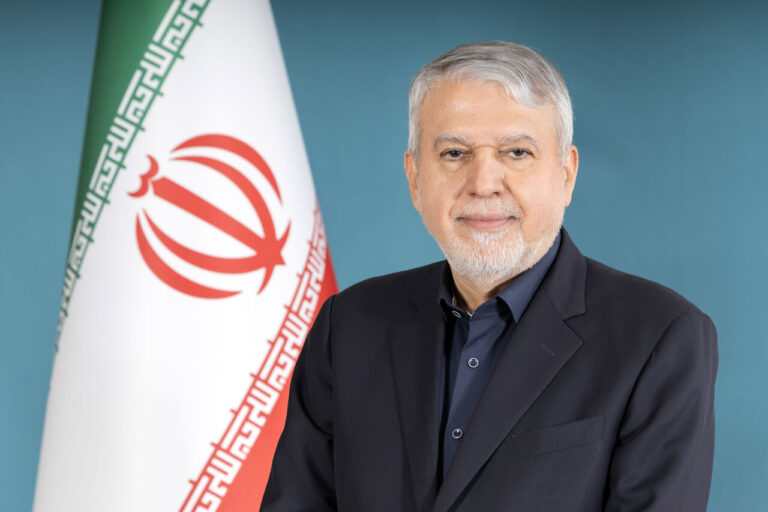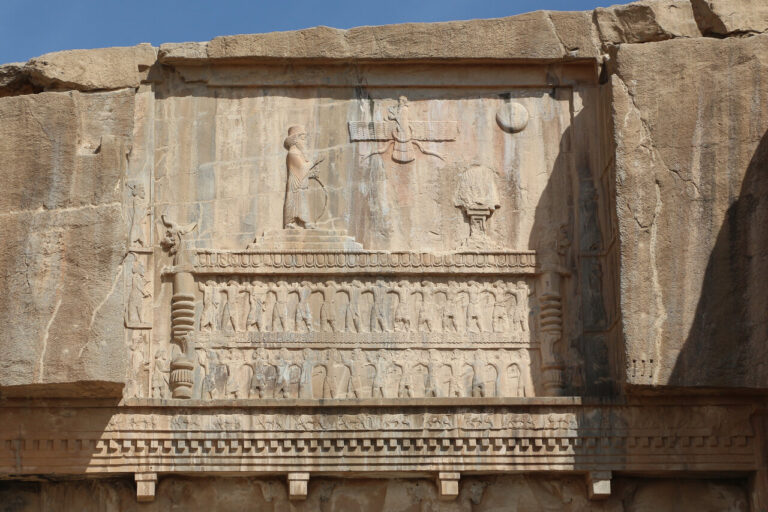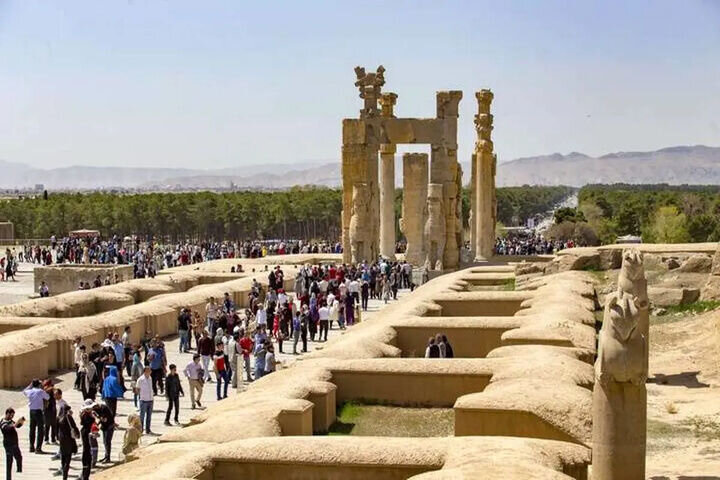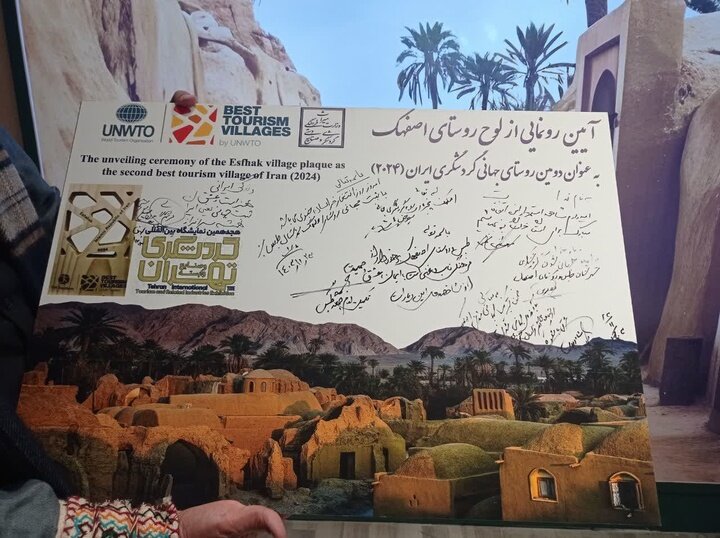Deputy Tourism Minister Explores UNESCO World Heritage Site Tchogha Zanbil in Khuzestan
On Wednesday, Ali Darabi, the Deputy Minister of Cultural Heritage and Tourism, embarked on an official tour to the UNESCO-listed Tchogha Zanbil, a remarkable prehistorical ziggurat situated in Khuzestan province. This visit highlights the ongoing efforts to preserve and promote Iran’s rich cultural heritage, showcasing the importance of conservation projects at such iconic sites.
During his tour, Darabi received comprehensive updates on the latest restoration and conservation initiatives aimed at protecting this ancient marvel. “Tchogha Zanbil was the first Iranian monument that was inscribed on the UNESCO World Heritage List. Today, with 28 UNESCO-listed sites, Iran ranks among the world’s top 10 countries in cultural heritage,” he stated, emphasizing the significance of this historical site.
Darabi described the ziggurat as a shining example of the architectural and urban planning prowess of ancient Iranians. He noted that it serves as a crucial marker in understanding the lifestyle and achievements of early civilizations. The site not only showcases architectural brilliance but also reflects the cultural and spiritual life of the era.
In addition to Darabi’s insights, Atefeh Rashnoei, the Director of the Tchogha Zanbil World Heritage Site, elaborated on the historical significance of the structure. “This structure dates back to c. 1250 BC, and some experts believe its arches may have inspired later Roman vaulting techniques,” she explained, highlighting the architectural innovation present in the ziggurat.
Darabi stressed the necessity of ongoing preservation efforts, pointing out that current restoration projects are designed to maintain the site’s integrity for future generations. He stated, “Our commitment to preserving Tchogha Zanbil is unwavering; it is vital for future visitors to experience this ancient marvel in its full glory.”
Tchogha Zanbil, also referred to as the Ziggurat of Dur-Untash, stands as a monumental testament to the architectural brilliance of its time. Established as a UNESCO World Heritage Site in 1979, its construction began around 1250 BC under the directive of the Elamite king Untash-Napirisha (1275-1240 BC). This ziggurat was intended to serve as a religious center dedicated to the Elamite divinities Inshushinak and Napirisha.
As noted by the United Nations cultural body, Tchogha Zanbil is recognized as the largest ziggurat outside of Mesopotamia and the best-preserved example of this distinctive type of stepped pyramidal monument. The site has been a focal point for archaeological studies, having been excavated in six seasons between 1951 and 1961 by Roman Ghirshman, a renowned Russian-born French archaeologist who dedicated his work to ancient Iran.
- Historical Background: The ziggurat dates back to approximately 1250 BC, showcasing the architectural innovation of ancient civilizations.
- UNESCO Recognition: Tchogha Zanbil was inscribed on the UNESCO World Heritage List in 1979, highlighting its global significance.
- Architectural Significance: The structure’s design may have influenced later architectural techniques, including Roman vaulting.
- Preservation Efforts: Ongoing restoration projects are crucial for maintaining the site’s integrity for future generations.
- Archaeological Excavations: The site was excavated by Roman Ghirshman, who played a vital role in understanding its historical context.
In conclusion, Tchogha Zanbil is more than just an ancient structure; it is a symbol of Iran’s rich cultural heritage and a testament to the ingenuity of early civilizations. The continued efforts to preserve and restore this UNESCO World Heritage Site ensure that future generations can appreciate its historical significance.
